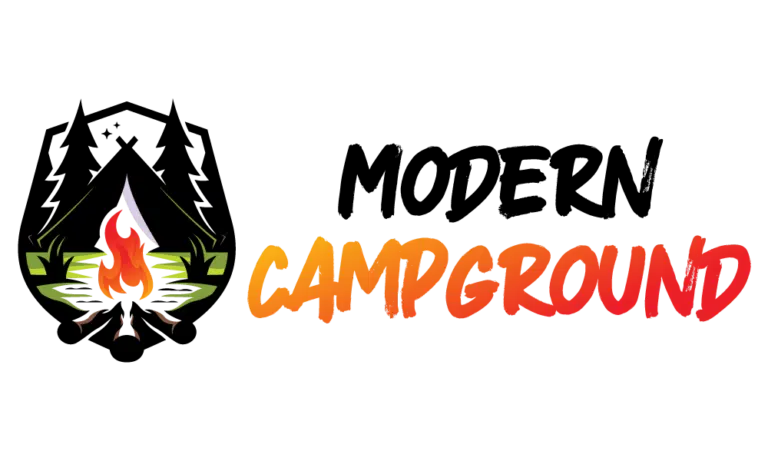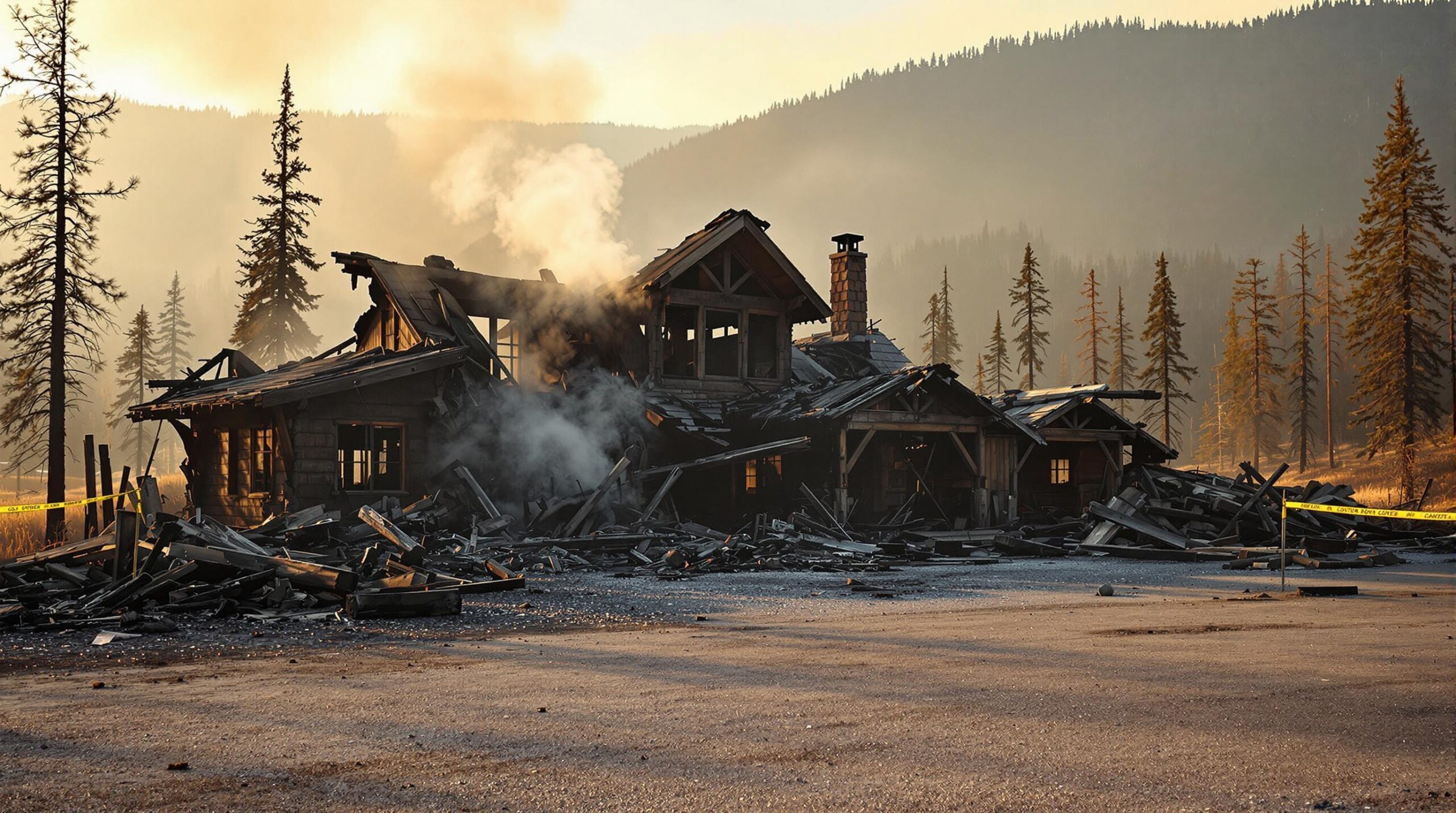Charred timbers and twisted rebar now frame the North Rim’s skyline where the Grand Canyon Lodge once welcomed summer travelers. Lightning ignited the Dragon Bravo Fire on July 4, ripping through ponderosa pine and forcing the National Park Service to shutter the entire rim for the season, a blow that instantly erased one of Arizona’s marquee tourism magnets and torched more than 70 buildings according to park officials.
For campground, RV-park and glamping operators across the state, the loss is more than symbolic. The North Rim funneled thousands of road-trippers to gear shops, cabins, dinner houses and fuel stops from Fredonia to Flagstaff; with that flow dammed, owners are scrambling to plug holes in reservation grids and payroll budgets.
RV outfitters that normally swap canyon sunset stories with guests are instead fielding cancellation calls and explaining detours. The abrupt closure creates new urgency for outdoor-hospitality operators to take steps that reduce wildfire risk and prepare for emergencies.
Campground and park operators can create defensible space by keeping at least 100 feet of cleared, non-combustible ground around lodges, bathhouses and propane cages.
When capital upgrades are planned, specifying Class A or Class B fire-rated roofing, non-combustible decking and gravel tent pads can help.
It is also recommended to adopt a two-layer evacuation plan, one for staff detailing task assignments and important files, and another for guests with color-coded maps and SMS alerts. Staging firefighting tools on-site, such as water bladders on UTVs, rake and hoe cache boxes every 10 sites, and dry-chem extinguishers at each pedestal, can be critical.
Hardening utilities by burying main power lines where feasible, stocking spare LP regulators, and installing quick-connect fittings for fire crews to draft from wells or cisterns adds additional protection.
Running annual preseason drills with local fire departments and offering off-peak stays so crews can learn site layouts may improve response. Keeping a laminated 72-hour operating checklist for generator runtime, fuel levels, and vendor contacts for essentials like potable water and portable toilets is another preparedness step.
Meanwhile, high in the White Mountains, the Greer Fire reached 88 percent containment just before Memorial Day, but stage-two fire restrictions still ban campfires, charcoal and outdoor smoking fire managers reported. Holiday traffic that normally stuffs the hamlet’s two-lane roads never materialized.
“It sort of feels like Tom Hanks in that movie ‘Castaway.’ We’re here! Come get us,” Ashley Price said inside the Lazy Trout Market & Lodge, shelves heavy with untouched s’mores kits and fly-fishing decals. “We’ve got food. We’ve got all the souvenirs that we ordered for the season. We need the people.”
Her husband, Joel Price, added: “This could have been just an absolute nightmare. They backburned and steered the fire and got it to where they could get to true containment. They’ve just done a wonderful job. We just say thank you. They completely protected our livelihood.”
Farther south, multiple blazes forced a 25-day shutdown of Bartlett Lake Marina last summer, draining an estimated $70,000 to $80,000 in revenue during peak boating season marina operators said. “The summer has been quite challenging,” longtime owner Bryan Church acknowledged as crews scrubbed soot from docks ahead of Labor Day.
“View keeps getting better every day,” said Brad Kircher of The Cove at Bartlett Lake, hoping clear skies would lure back families. “Holiday weekends are special because people get to spend it with their families and get to do things that normally they might not think about doing.”
Operators know those weekends can make or break a ledger. Labor Day alone typically delivers about 25 percent more business than an ordinary weekend, money that carries payroll and slip maintenance costs into winter.
To stay solvent when gates close, operators can keep a liquidity buffer equal to at least one peak-season payroll cycle in a separate high-yield account. Layering property, business-interruption and civil-authority insurance and pre-compiling occupancy and ADR records allows claims to move quickly.
Selling digital gift cards or transferable credits during closures can help maintain cash flow and guest loyalty.
Building shoulder-season packages, such as dark-sky astronomy nights or bird-migration weekends, diversifies booking windows. Swapping reservations with nearby, less fire-prone parks under reciprocal agreements may reduce cancellations.
Automated email and SMS platforms for real-time updates can cut call volume and chargebacks. Assigning one staff member as a grant liaison to chase state or federal recovery funds while cleanup is still underway can also support recovery.
Officials have not published a construction timeline for rebuilding the Grand Canyon Lodge, and key trails and roads on the North Rim remain closed while engineers assess slope stability and utilities. Until hard dates surface, park owners along alternate routes are crafting detour packages, nudging guests toward less affected attractions and keeping cancellation policies flexible.
From the alpine pines of Greer to the desert coves of Bartlett Lake, Arizona’s outdoor-hospitality businesses are rewriting their emergency playbooks on the fly. With monsoon season still ahead and grant cycles opening, the operators who harden buildings, diversify revenue and communicate fast may be the ones greeting next summer’s travelers, rather than cleaning up after them.


